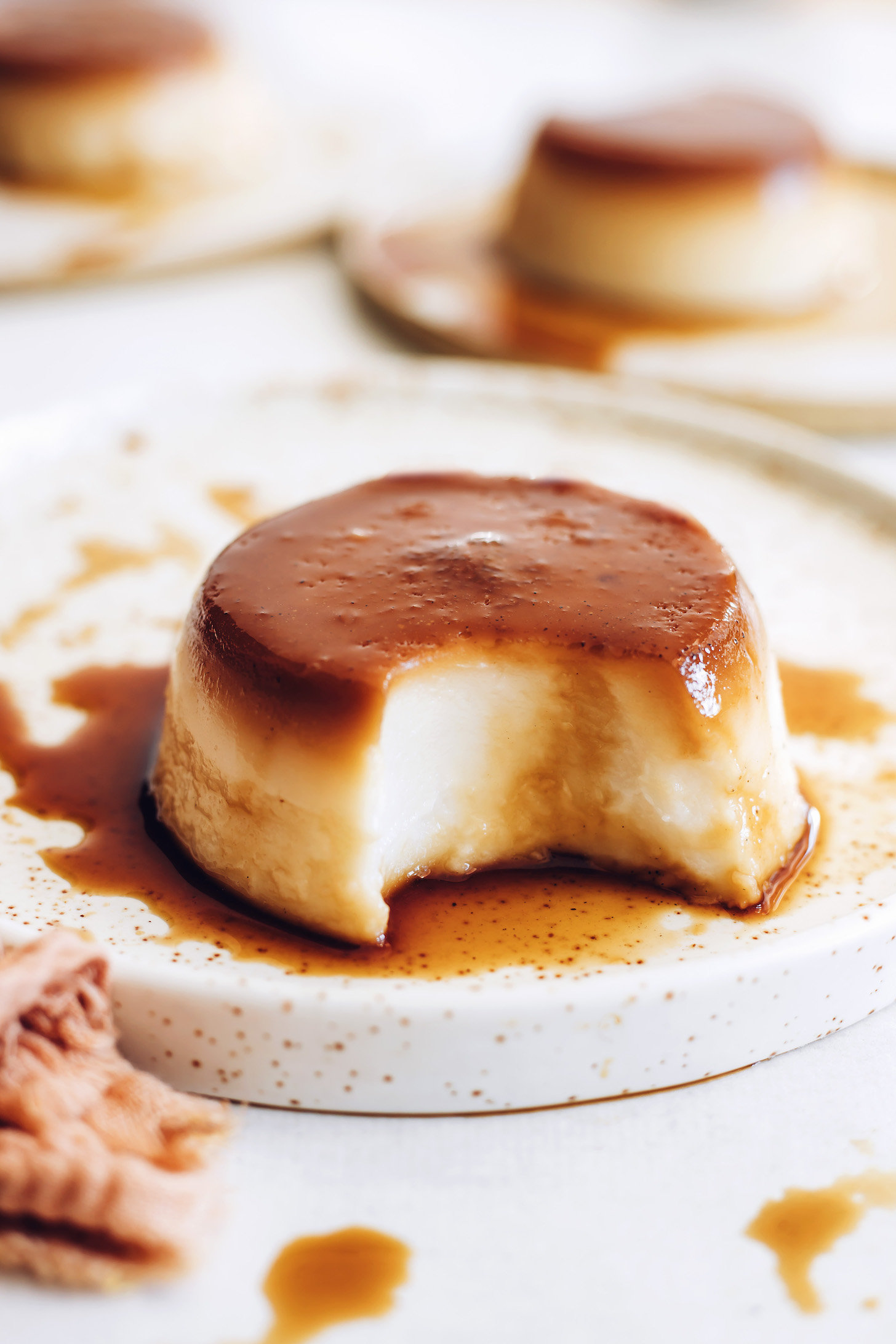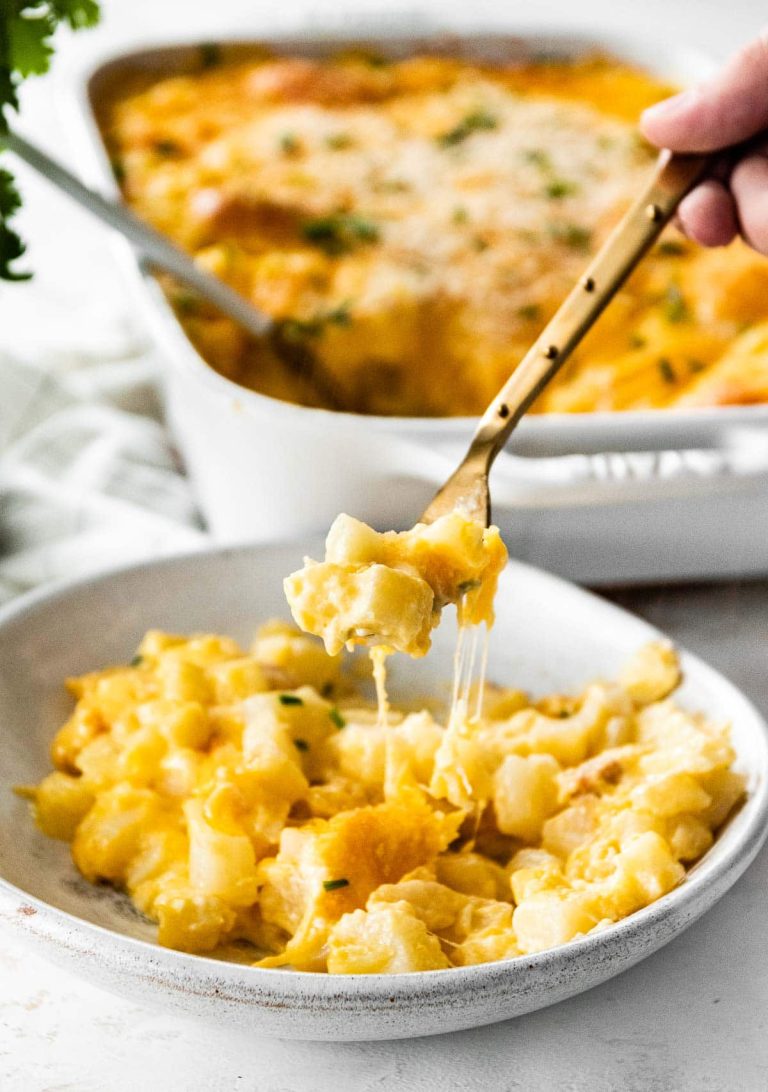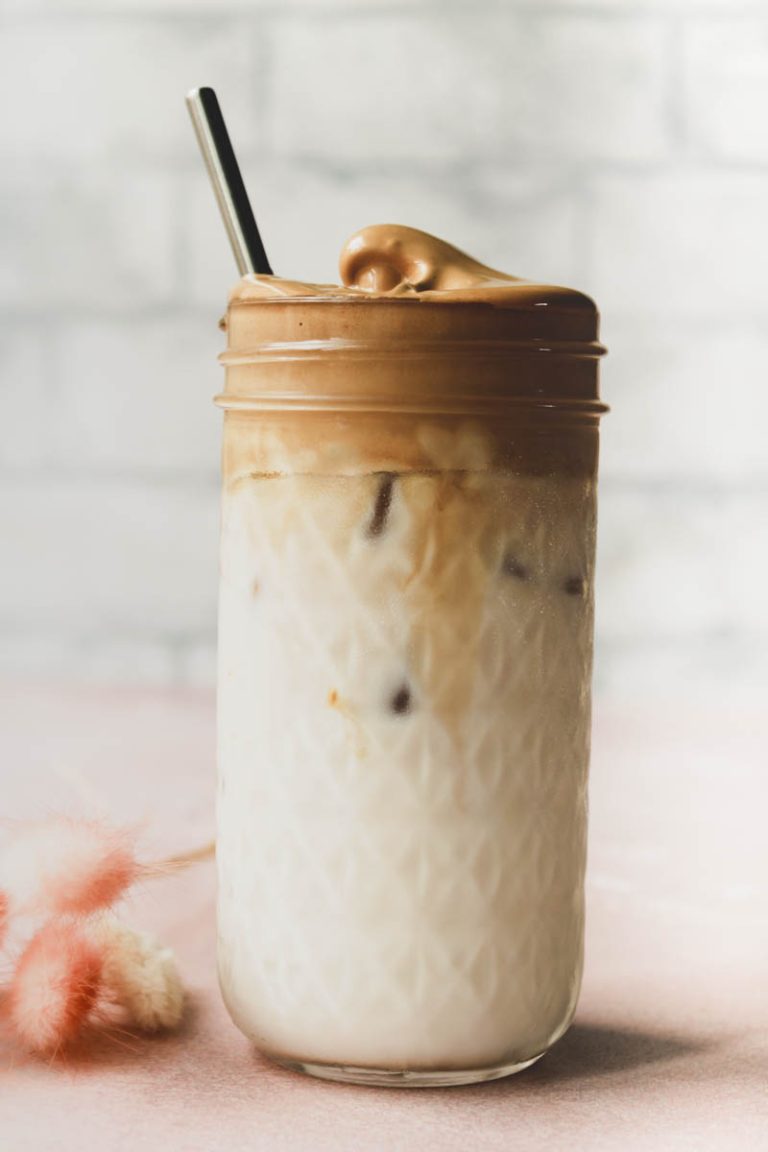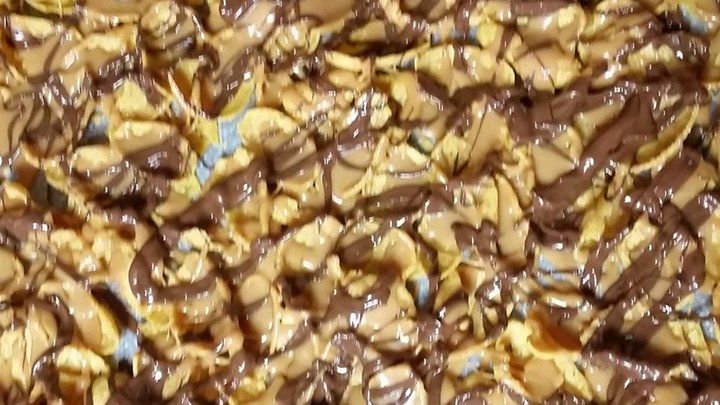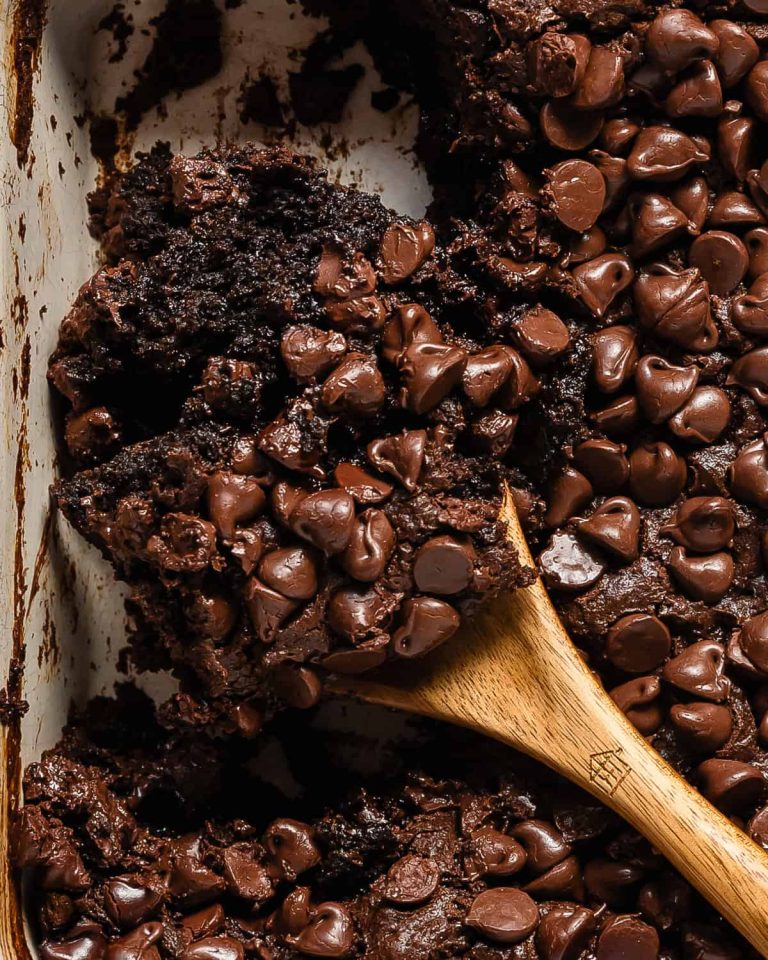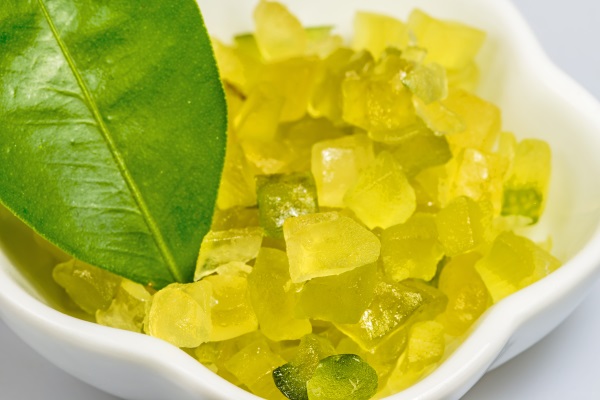Quesillo Venezuelan Flan: Recipe, History, and Delicious Variations
Quesillo, originating in Venezuela, holds a prominent place in Venezuelan culinary traditions. Derived from Spanish flan, this dessert reflects the fusion of European influences and local ingredients. Venezuelan households serve Quesillo during celebrations, embodying its cultural importance.
Ingredients like eggs, condensed milk, and sugar are commonplace, making Quesillo a dessert that transcends socioeconomic barriers. This accessibility underlines its role in bringing communities together, sharing a common sweet treat.
Evolution Over Time
Quesillo has evolved since its inception, adapting to regional preferences. In early recipes, families often used ingredients available locally to tweak flavors and textures, leading to various versions. While the classic recipe remains dominant, modern twists introduce flavors like coconut and chocolate.
Throughout decades, Quesillo’s preparation methods have also adapted. While traditional cooking methods used stovetop techniques, contemporary recipes often suggest using ovens or pressure cookers for convenience. This evolution reflects how Quesillo continues to be a beloved, versatile dessert in Venezuelan culture.
Key Ingredients and Variations
Traditional Ingredients
Quesillo primarily uses simple ingredients. These include eggs, condensed milk, whole milk, and sugar. Begin with five eggs. Choose fresh ones for better texture. Next, use a can of sweetened condensed milk, which provides a rich, sweet base. Add two cups of whole milk to balance the sweetness and enhance creaminess. You’ll also need a cup of sugar to caramelize and form the syrupy layer on top. Vanilla extract, typically a teaspoon, enriches the flavor, making it authentic.
Popular Variations
Variations of quesillo cater to diverse tastes. Coconut quesillo includes shredded coconut, typically half a cup, for added texture. Chocolate quesillo requires cocoa powder, about four tablespoons, giving it a rich chocolatey twist. Rum-flavored quesillo integrates two tablespoons of dark rum, enhancing depth and complexity. For a citrusy variant, lemon or orange zest, about two teaspoons, adds a tangy note. Each variation starts with the traditional ingredients, then incorporates these additional elements to create distinct flavors.
Step-by-Step Guide to Making Quesillo Venezuelan Flan
Preparing the Caramel
First, create the caramel. In a small pan over medium heat, melt 1 cup of sugar until it turns golden brown. Swirl the pan gently for even melting but avoid stirring to prevent crystallization. Once melted, quickly pour the caramel into a metal flan mold, tilting to coat the bottom evenly. Let it cool and harden.
Mixing the Ingredients
Next, prepare the flan mixture. In a large bowl, whisk 5 eggs until blended. Add 1 can of condensed milk, 1 can of whole milk (using the same can for measurement), and 1 teaspoon of vanilla extract. Mix until smooth. Strain the mixture through a fine sieve to ensure a silky texture, removing any egg strands or lumps.
Baking Techniques
Finally, choose your baking technique. Traditionalists prefer the water bath method: preheat your oven to 350°F, place the caramel-coated flan mold in a larger baking dish, and fill the larger dish with hot water halfway up the sides of the mold. Bake for 50-60 minutes or until a knife inserted comes out clean. For a faster option, use a pressure cooker: add water, place a trivet in the cooker, set the mold on it, and cook on medium heat for 20-25 minutes. Let it cool completely before inverting onto a plate to reveal the caramel top.
Serving and Presentation Tips
Ideal Accompaniments
Pairing Quesillo Venezuelan flan with the right accompaniments enhances the overall dining experience. Fresh fruits like mango slices, berries, and citrus segments balance the rich caramel flavor, adding a refreshing contrast. Coffee and espresso offer complementary bitterness, making them ideal beverages to serve alongside. Whipped cream and a sprig of mint not only add visual appeal but also introduce additional layers of texture and flavor. For an adult twist, consider serving Quesillo with a shot of dark rum or caramel liqueur.
Decorative Ideas
Decorating Quesillo can turn a simple dessert into a visual masterpiece. Edible flowers, such as violets or pansies, add a touch of elegance and vibrant color. Dusting the top with grated chocolate or ground cinnamon offers both aesthetic and taste enhancements. Drizzling caramel sauce in intricate patterns creates an artistic presentation. Arrange fruits like strawberries and kiwi around the base for a colorful border. Adding a caramelized sugar decoration or spun sugar topper can truly elevate the dessert’s appearance, making it center stage at any gathering.
Health Considerations and Dietary Adaptations
Calorie Content and Nutritional Information
Quesillo offers a rich and indulgent dessert that embodies culinary tradition. A standard serving (approximately 100 grams) typically contains around 200-250 calories. Key nutrients include proteins and fats from eggs and milk, with sugar contributing to carbohydrate content. Saturated fats are present as whole milk and condensed milk are primary ingredients. While Quesillo provides vital nutrients, its high sugar and fat levels suggest moderate consumption to maintain a balanced diet.
Alternative Ingredients for Dietary Restrictions
For those who have dietary restrictions, several ingredient substitutions are available without compromising the dessert’s essence.
- Lactose Intolerance: Replace whole milk and condensed milk with lactose-free options or plant-based alternatives such as almond milk or coconut milk.
- Vegan Diet: Substitute eggs with flaxseed or chia seed mixtures and use vegan condensed milk options, such as coconut condensed milk.
- Sugar-Free: Opt for sugar substitutes like stevia, erythritol, or monk fruit sweetener in place of standard sugar.
Each substitution may alter the texture slightly, but these alternatives allow enjoyment of traditional Quesillo while adhering to dietary needs.
Conclusion
Quesillo is more than just a dessert; it’s a flavorful piece of Venezuelan culture. Whether you prefer the classic version or enjoy experimenting with coconut or chocolate variations, there’s a Quesillo for everyone. The simple ingredients and straightforward preparation make it accessible even for novice bakers.
Pair it with fruits, coffee, or whipped cream to elevate your dining experience. Plus, with options for dietary adaptations, you can enjoy this traditional treat without compromising your health needs. Dive into the world of Quesillo and savor a dessert that’s both rich in history and flavor.
